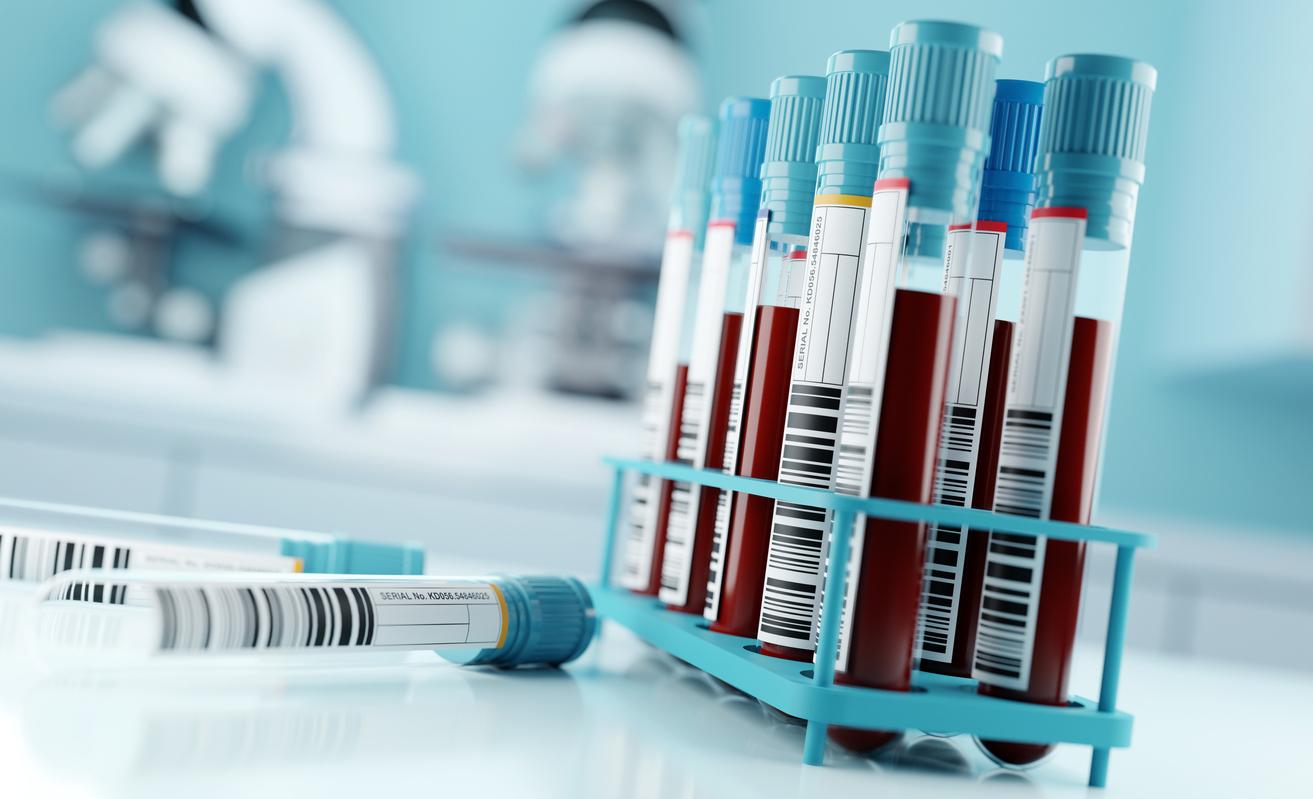Get off that couch!
Cycling, walking or bowling, working up a sweat regularly is good. For the line, the heart, the bones and for the mood. How much and how often is exercise necessary?
Less chance of diseases
Regular exercise can help keep you healthy for a long time. Osteoporosis (bone loss), for example, is less likely. Some sports are better for your bones than others. Not recommended are sports where you can fall badly, such as skating and skating. But walking, dancing or playing tennis for 15 minutes a day already makes sense. In short, all sports in which the body bears its weight.
Regular exercise also ensures that blood pressure, body weight and cholesterol levels are maintained. As a result, sporty people halve their risk of cardiovascular disease, research shows. Even certain forms of cancer (bowel and breast cancer) seem to be less common in ‘active people’.
Dutch Standard for Healthy Exercise
NNGB, the Dutch Standard for Healthy Exercise, has been drawn up by scientists for the minimum amount of exercise needed to stay healthy. For people over 55 this means: half an hour of moderately intensive exercise; at least five days a week, but preferably every day. The advised half hour of exercise does not have to be continuous; it is also allowed three times ten minutes or two times fifteen minutes.
Moderate intensity means an activity that makes you breathe faster, sweat lightly and feel warm. Just keep talking should be possible. With intensive exercise you will pant, perspire and you will get a red head. Research shows that 70 percent of men from 55 years and 60 percent of women of that age meet the Healthy Exercise Standard.Exercise when overweight
For people who are overweight – and that is more than half of the Dutch population – the Dutch Standard for Healthy Exercise does not go far enough. That is what the Health Council states in the new ‘Guidelines for a good diet’, which were published at the end of 2006. To prevent an overweight person from gaining further weight, it is necessary to increase physical activity to at least an hour a day! This also applies to people with a healthy weight who gain unwanted weight.
Most Dutch people gain half to one and a half kilos per year. To lose weight and maintain it after losing weight, you need even more exercise per day than that one hour. After all, moving means burning calories. If the calories do not come in with food, the body gets them from fat reserves, among other things. Then you fall off. If you are overweight, avoid activities involving jumps or running: the high body weight puts too much stress on the joints.
Never too old for the sports
In recent decades, people over 50 have started to exercise much more. More than half of people between the ages of 50 and 65 participate in sport. This is 33 percent of the over-65s. Nevertheless, there is still profit to be made: one in three over-65s considers themselves too old to exercise.
In the brochure ‘GALM and Sports Associations: a golden combination’ The NOC*NSF encourages seniors to exercise regularly. It is best to start early, before retirement, so that exercise becomes a regular part of your life. If you have trouble getting out of your chair, it is best to join a sports club. Then you have to go, otherwise you’ll let the others down. Moreover, the sports club has another function: it is cozy and you make social contacts. Information: www.sport.nl.Safe sports
If you have not exercised for a long time and you want to start again, it is advisable to undergo a sports examination. Weaknesses can then come to light and you can choose a sport that suits you. A sports examination is definitely recommended if you have complaints such as high blood pressure, chest pain or diabetes.
Always warm up before starting exercise to prevent injuries. That can be a few laps running, followed by exercises. Which exercises these are depends on the sport and the muscles you use. With warmed up muscles you deliver better performance.
If you do a sport that only appeals to certain muscles, try something new to train less one-sided. Good for the leg muscles are walking, cycling, walking and skating. You can do strength training for the bones. You train the arm muscles with rowing, canoeing and bowling. Good for arms and legs: Nordic walking, golf, tennis, swimming, dancing and jazz ballet.
Moving with a condition
Do you have a chronic condition and do you want to exercise more, take a look at www.sportiefbewegen.nl. The website provides advice and tips for sports and exercise for various conditions.
Heart patients can consult the Heart in Motion Foundation: www.hartinmovement.nl. You will find activities for heart patients in your area under ‘Movement seeker’.

















